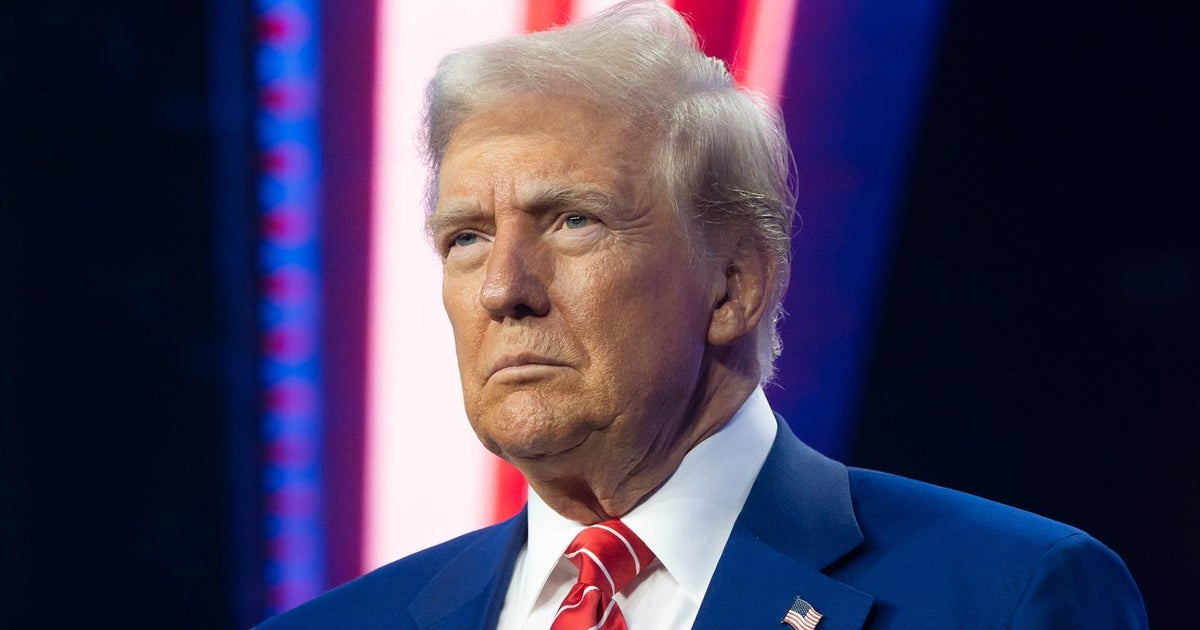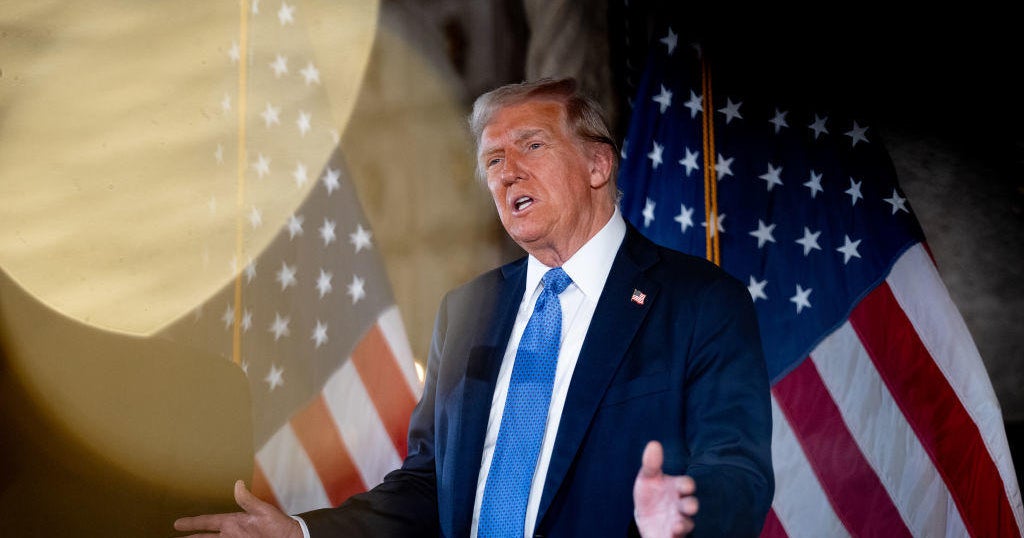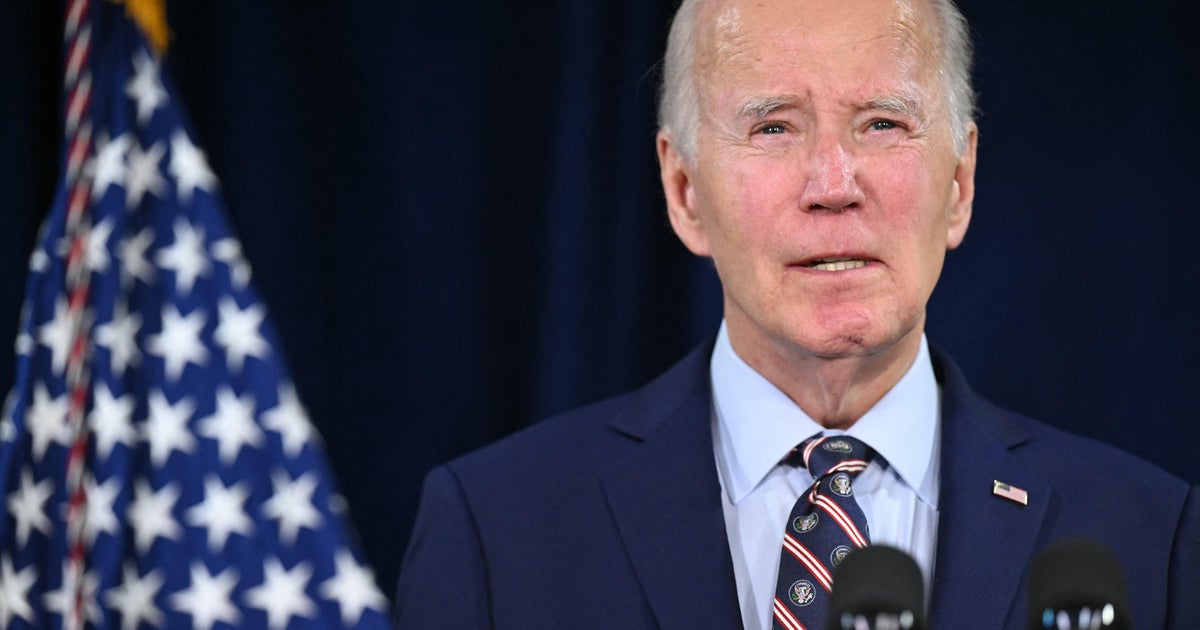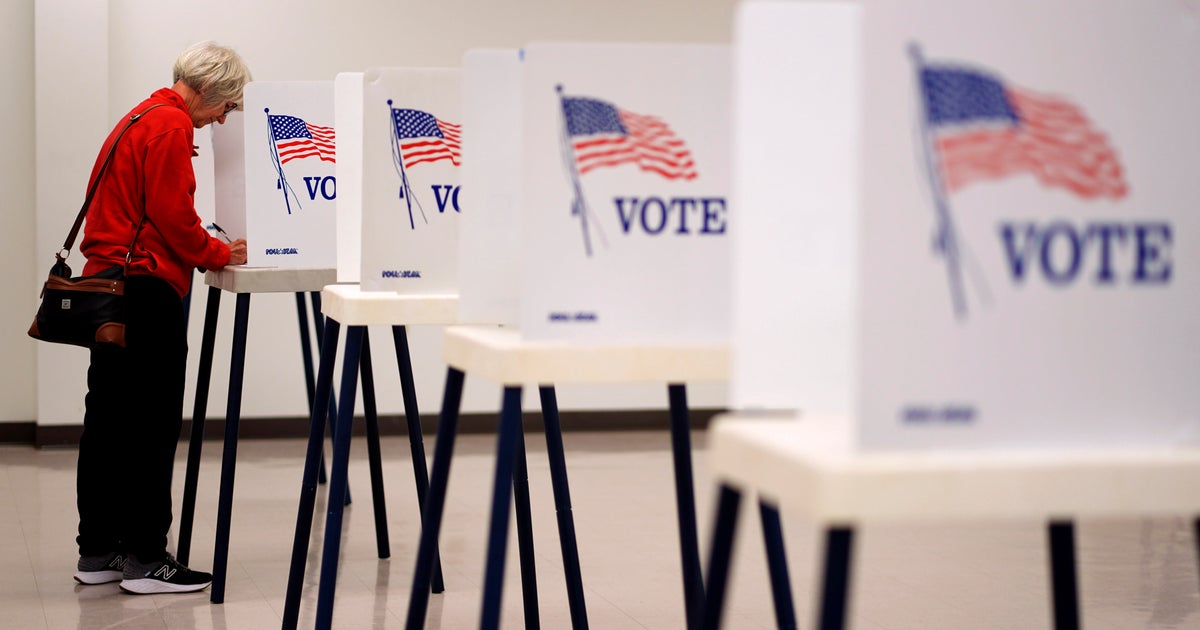Obamacare holding its own with 6.4 million enrollments
WASHINGTON -- “Obamacare” seems to be holding its own. The administration said Wednesday that 6.4 million people have enrolled for subsidized private coverage through HealthCare.gov, ahead of last year’s pace.
Despite rising premiums, dwindling insurers, and the Republican vow to repeal President Barack Obama’s health care law, about 400,000 more people signed up through Monday than for a comparable period in 2015, the Department of Health and Human Services Department said.
“Today’s enrollment numbers confirm that doomsday predictions about the marketplace are not bearing out,” said HHS Secretary Sylvia Burwell.
Still, it’s too early for supporters of the Affordable Care Act, or ACA, to say “I told you so.” It’s unclear if the administration will meet its target of 13.8 million sign-ups.
That’s partly because the share of new customers is down when compared with current consumers re-upping for another year.
New customers are 32 percent of the total this year versus 40 percent around the same time last year. Administration officials said they’re going to focus on getting more new customers between now and the end of open enrollment Jan. 31.
Other vital signs for HealthCare.gov were encouraging.
“There are zero signs that the ACA’s marketplaces are in danger of imminent collapse,” said Larry Levitt of the nonpartisan Kaiser Family Foundation, who has followed the health care law from its inception.
That carries an implicit warning for President-elect Donald Trump and congressional Republicans, who have promised to move quickly to repeal the law. That repeal would be followed by a GOP-inspired replacement. Although immediate changes affecting 2017 are unlikely, the whole process could take several years, creating uncertainty for people with coverage.
As if on cue, Democratic governors Wednesday fired off a letter to GOP congressional leaders, calling the repeal plan “nothing more than a Washington, D.C., bait-and-switch” that would leave millions uninsured and shift to states an estimated $69 billion over a decade in uncompensated care costs.
The statistics released Wednesday are for 39 states served by the federal online insurance marketplace. Numbers from states running their own markets have not been fully tallied, and will be added later, raising the total. Toward the end of this month, several million current customers who are being re-enrolled automatically will be added to the count.
Some of the biggest sign-up numbers so far are coming from states Trump won in the presidential election, including Florida (1.3 million); Texas (776,000); North Carolina (369,000); Georgia (352,000), and Pennsylvania (291,000). Vice president-elect Mike Pence’s home state of Indiana had 119,000 residents enrolled.
Premiums for a midlevel benchmark plan in HealthCare.gov states are going up an average of 25 percent next year, driven by lower-than-expected enrollment and higher medical costs. At the same time, about one-third of U.S. counties will have only one marketplace insurer next year because some major commercial carriers have left the market, and many nonprofit insurance co-ops created by the law have collapsed.
The impact of premium increases has been softened by the law’s subsidies, which are designed to rise if the cost of insurance goes up.
A study last week from the nonpartisan Center for Health and Economy found that the average monthly subsidy will increase by $76, or 26 percent, from $291 currently to $367 in 2017.
But that means taxpayers will fork over nearly $10 billion more. The study estimated that the cost of premium subsidies will increase by $9.8 billion next year, rising from $32.8 billion currently to $42.6 billion.
Even if the law’s rising subsidies are working to keep customers in the market, independent analyst Caroline Pearson of the consulting firm Avalere Health said the apparent slow-down in new consumers should concern the administration.
“At this time, enrollment appears to be slightly behind the pace needed to reach the administration’s goal of signing up 13.8 million people,” she said. “However, if more people who are currently in the market renew their coverage, then that goal could still be achieved.”
HealthCare.gov’s advertising in the closing weeks of open enrollment will be aimed at attracting new customers, said HHS Secretary Burwell. In addition, the IRS will be sending people who paid fines for being uninsured a not-too-subtle nudge, reminding them that they can avoid higher penalties for 2017 by signing up now.
Republicans plan to repeal “Obamacare” early next year, but it could take up to several years to replace it. During the interlude, party leaders have promised an orderly transition to a new system. It’s unclear what that would involve, but presumably some of the law’s popular provisions - such as subsidies and protection for those with pre-existing medical conditions - would be kept in place.
The 2010 health overhaul added coverage for about 20 million people through a combination of subsidized private health insurance and a state option to expand Medicaid. Several Republican states adopted the Medicaid expansion, including Indiana under Pence.




